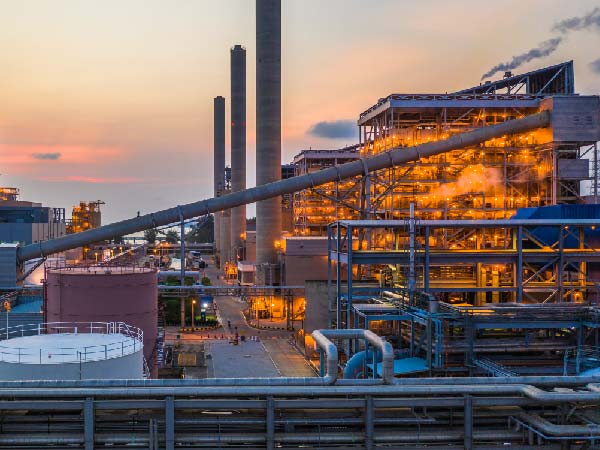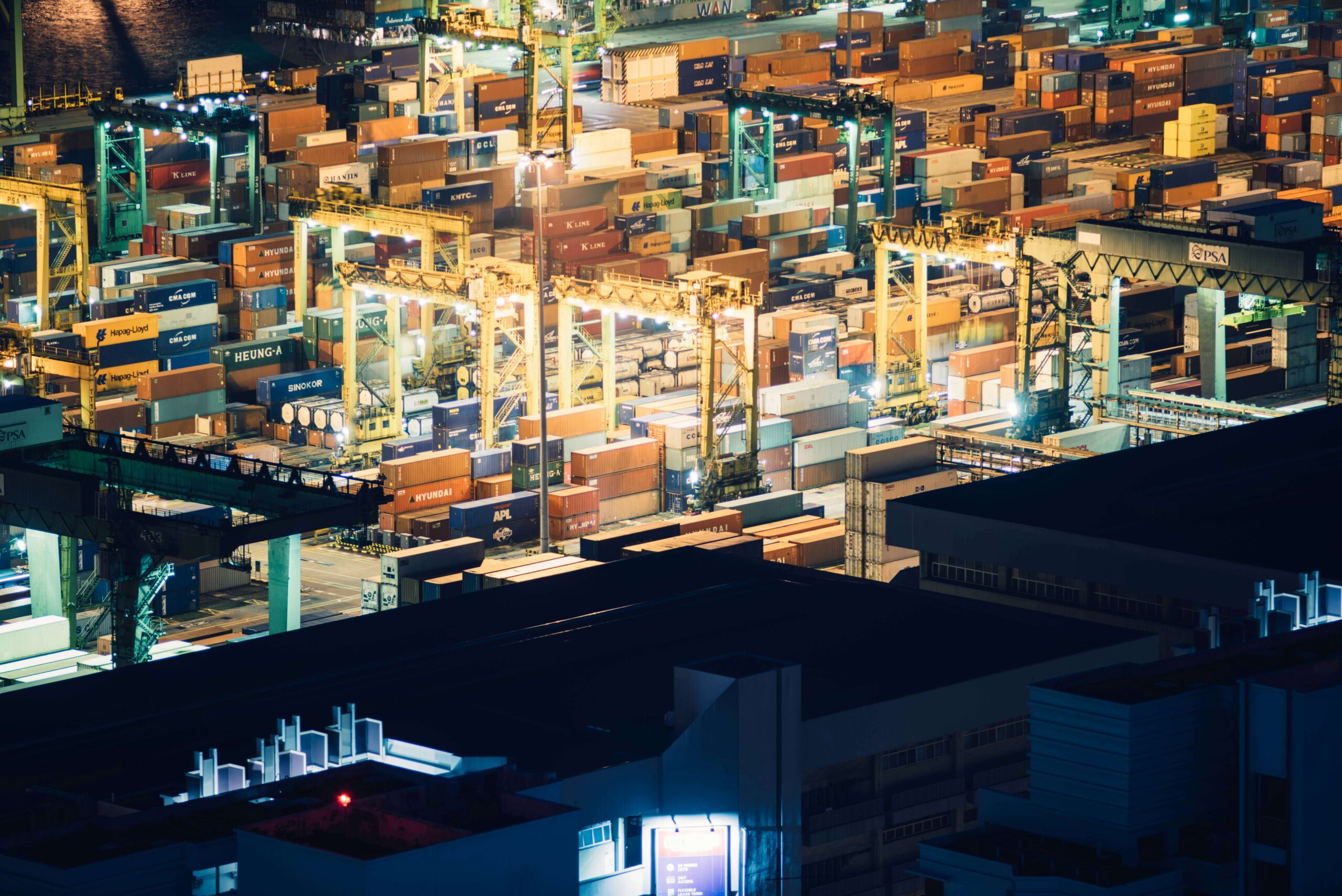As members of long and complex supply chains, metals traders always need to be aware of any emerging trends amongst organisations several stages removed from their own clients. For example, automotive manufacturers are increasingly looking to lower the carbon footprint of the vehicles they produce, such as in battery metals and steel.
Today, we consider the new demand for “green steel”, which will be relevant for organisations far beyond their direct suppliers. Each large manufacturer has many tier 1 and tier 2 parts suppliers that, as carbon emissions continue to grow in importance, they are gaining increasing amounts of data from.
Organisations supplying the raw materials to these manufacturers that are removed from the actual vehicle will therefore also need to be more aware of green steel. Whether they are mining, processing materials or developing portfolios that respond to demand, they will need to consider incorporating lower-carbon products, be able to measure and share information on their products’ carbon emissions, and have traceability systems in place to demonstrate provenance.
Green steel is still a concept rather than a clearly defined product and the term can mean different things in different contexts. It is frequently used to describe low-carbon emissions or even simply products with lower carbon emissions than other products in a range. Definitions and pricing premiums are not yet certain, and it could still be a few years before these auto makers can command a green premium. But with iron ore and steel accounting for 7-8% of global greenhouse gas emissions, the industry is certainly going to be a focal point for carbon dioxide reduction.
There are many factors and assays to consider
There are so many ways to reduce steel’s carbon emissions that we might even see markets develop for a range of green steel subcategories, based on production methods and carbon footprints. This could mean the development of specialty products alongside the standard commodities we are used to, and a greater focus on traceability to verify green claims.
Carbon capture is one method smelters can use to reduce carbon emissions, but most projects investing in greener steel are instead exploring how hydrogen can be used in place of fossil fuels. Most of the primary steel is manufactured in blast furnaces, where hydrogen can be used in addition to coal, somewhat reducing carbon emissions but not altogether eliminating fossil fuels.
If hydrogen is used as the sole reductant in primary steel production in a blast furnace, this creates sponge iron, which can then be smelted in an electric arc furnace, a method often used to process steel scrap. These electric arc furnaces can be another major source of greenhouse gas emissions due to their high power usage, which can be reduced by switching to renewable power generation.
Green steel will therefore require greater collaboration between the metals supply chain and energy providers. Manufacturers will increasingly need to demonstrate the energy mix going into their products, with a system that can share this across the supply chain, so that they can realise the benefits of green price premiums, avoid penalties for higher-carbon products, and prepare for potential future trends in product demand.
They will also need to improve transparency around the origin of their hydrogen. Hydrogen itself is currently mainly produced from natural gas, and this releases carbon dioxide in the process. It can also be created using electrolysis, but has the same potential pitfalls as steel in that the production energy mix can determine whether or not it reduces the use of fossil fuels and carbon dioxide emissions.
So, as well as the direct impact on tier 1 and 2 suppliers, automotive manufacturers’ plans to go green also impact metals producers and the energy industry. And all of this before we even consider where scrap fits in to carbon accounting.
What needs to be done?
For organisations to respond to these coming changes, they first need to understand what the changes might entail. This will mean better collaboration with supply chain partners to understand the needs and limitations of players both up- and downstream.
There will be a requirement to share more data than has been the case with standard steel due to the various quality parameters and production techniques, as end-buyer specifications may vary. However, this collaboration is incentivised by the potential to collect price premiums and avoid potential penalties, or even to remain in the steel market in the long-term.
The direction of travel towards net zero emissions is clear, and likely to shape metals and energy demand in the future even more than it does today, so establishing practices for managing greener steel now could also be an important future-proofing measure. Indeed, there are already 23 green steel projects taking place in the EU, and the UK is targeting an almost fully-decarbonised steel sector by 2035.
To make these changes, the metals supply chain needs to collate, manage and share data from a wide range of sources. They may need to share information from energy companies or be able to verify their own production data. No matter their stage in the supply chain, organisations will need the technology in place to receive quality information from their suppliers and pass the relevant quality information on to buyers, possibly after processing, storing, or shipping the metal; meaning they need to manage this information at all stages of their process and maintain audit logs so that each product is traceable and verifiable.
For your people to make the best decisions with all this data, they need access to it in real-time, and need the technology that allows them to manage it easily, with automation and operational risk controls that help them do their jobs more efficiently and faster.
Gen10’s commodity management technology allows you to handle large volumes of complex commodity data across your organisation and supply chain for complete traceability, with the flexibility to adapt as client demand continues to change in future.



